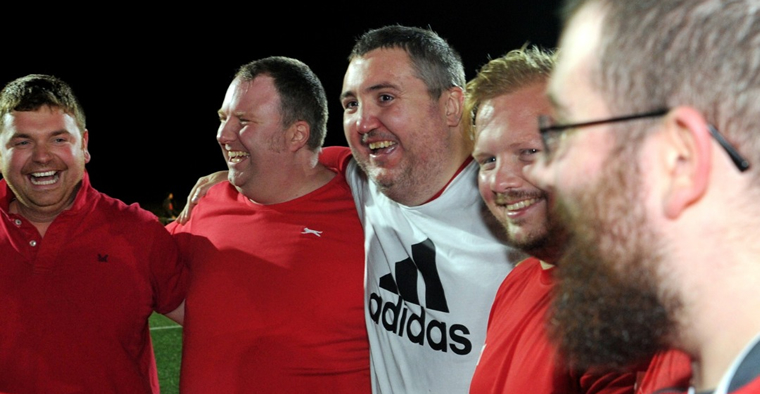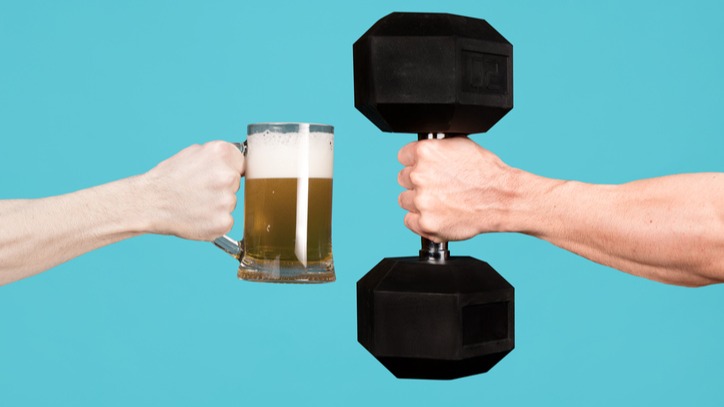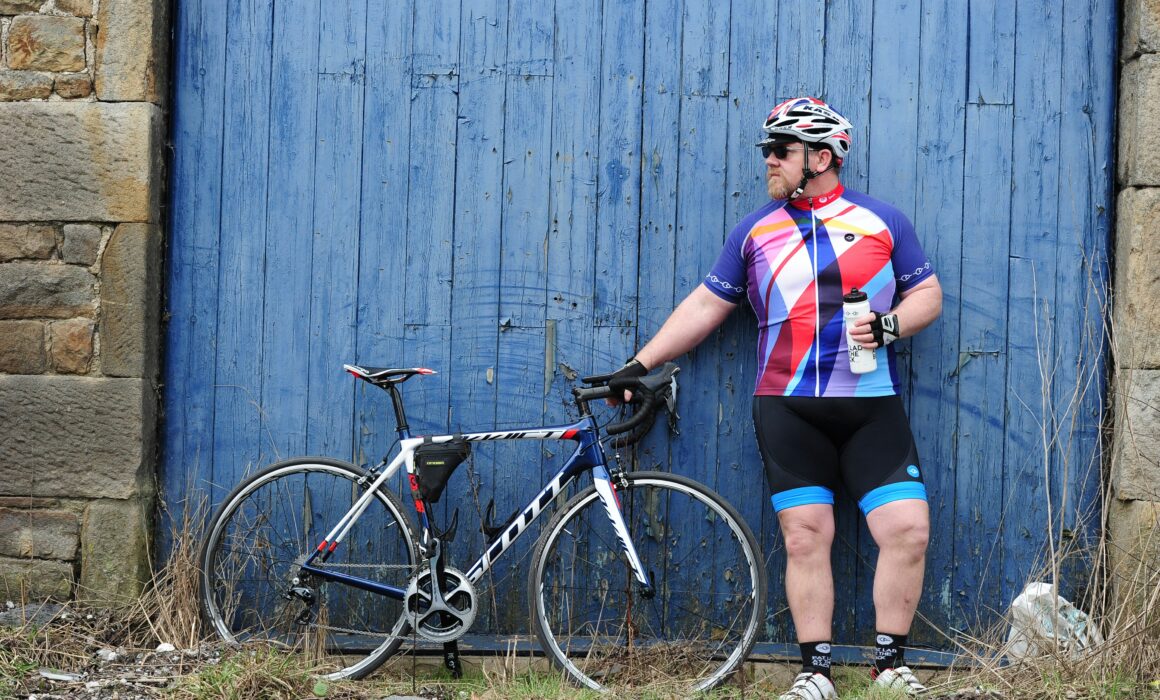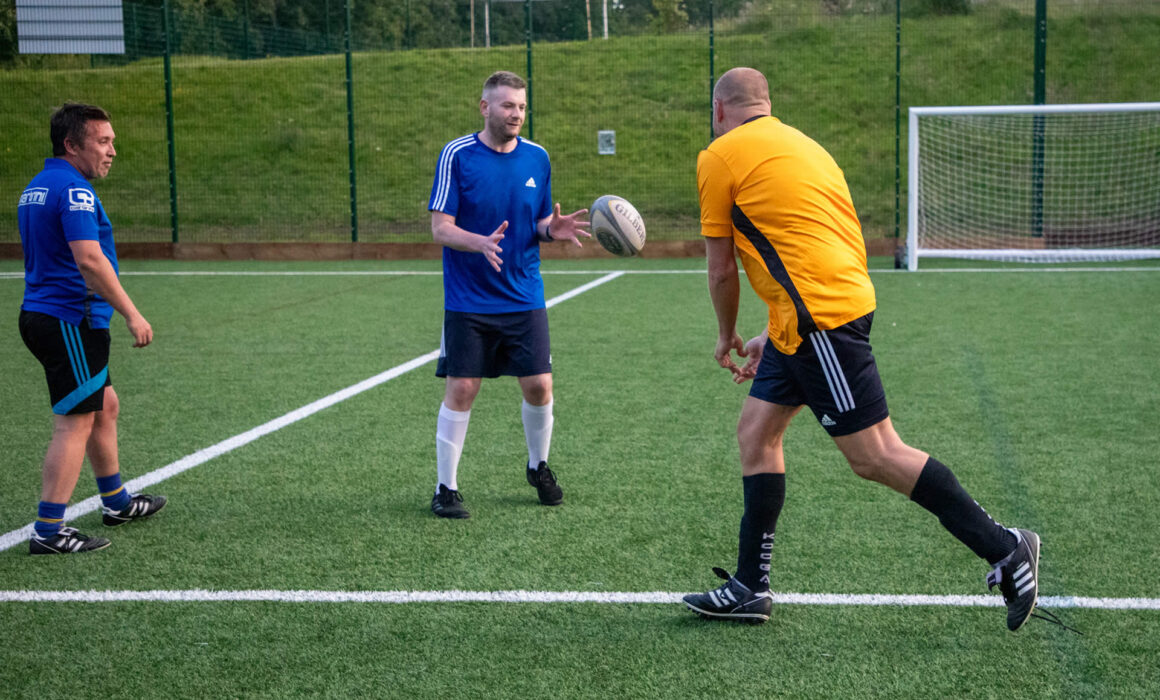You’re Not Playing Solo: World Suicide Prevention Day
Lads, let’s be honest.
Too many men are losing their lives to suicide.
Every 40 seconds, somewhere in the world, a man takes his own life.
Here in the UK, 3 out of 4 suicides are men.
That’s our brothers. Our dads. Our teammates. Our mates.
And here’s the thing — most of them weren’t looking for attention.
They were carrying their struggles quietly. Keeping it to themselves. Trying to “man up.”
But silence is dangerous.
Why This Matters to Us
At MAN v FAT we know what it feels like to carry extra weight – not just physically, but mentally too.
Sometimes life feels heavy. Sometimes you feel stuck.
That’s why having a team around you matters. We don’t play solo.
Spot When a Mate’s Struggling
It’s like seeing when a teammate’s off form:
-
He’s gone quiet.
-
Missing sessions.
-
Snapping more than usual.
-
Drinking or eating more to cope.
-
Saying things like “What’s the point?”
That’s your cue to step up.
How You Can Help
-
Check in: Ask, “How are you, really?”
-
Listen: You don’t have to fix it—just hear him out.
-
Stick around: Keep in touch.
-
Encourage help: GP, coach, mates, or helplines like Samaritans (116 123) or CALM (0800 58 58 58).
Your Challenge
This World Suicide Prevention Day, we’re setting the whole MAN v FAT community a challenge:
Check in on one bloke this week.
Send a text, give him a call, grab a coffee, ask him how he’s really doing.
When you’ve done it, react with an emoji to the message to this post in your broadcast group.
It could be the most important pass you make this season.
Where to Get Help
-
Samaritans – 116 123 (24/7, free)
-
CALM – 0800 58 58 58 (5pm–midnight, for men)
-
Mind – mental health advice & support
-
NHS 111 – urgent help
-
999 – if someone’s in immediate danger
One message. One mate. One check-in.
Let’s do this together, lads. #MvFOneCheckIn








